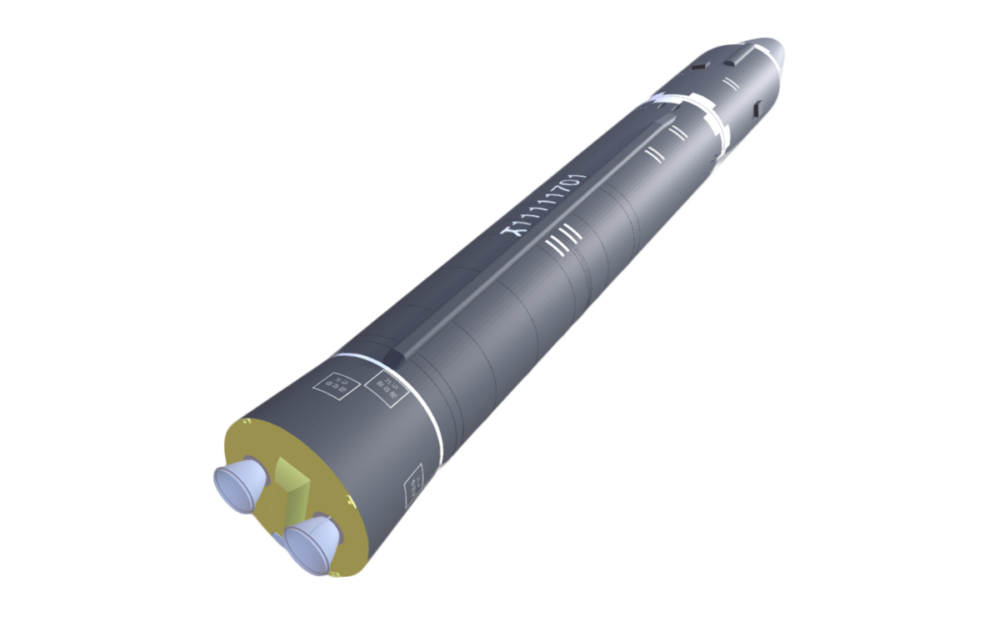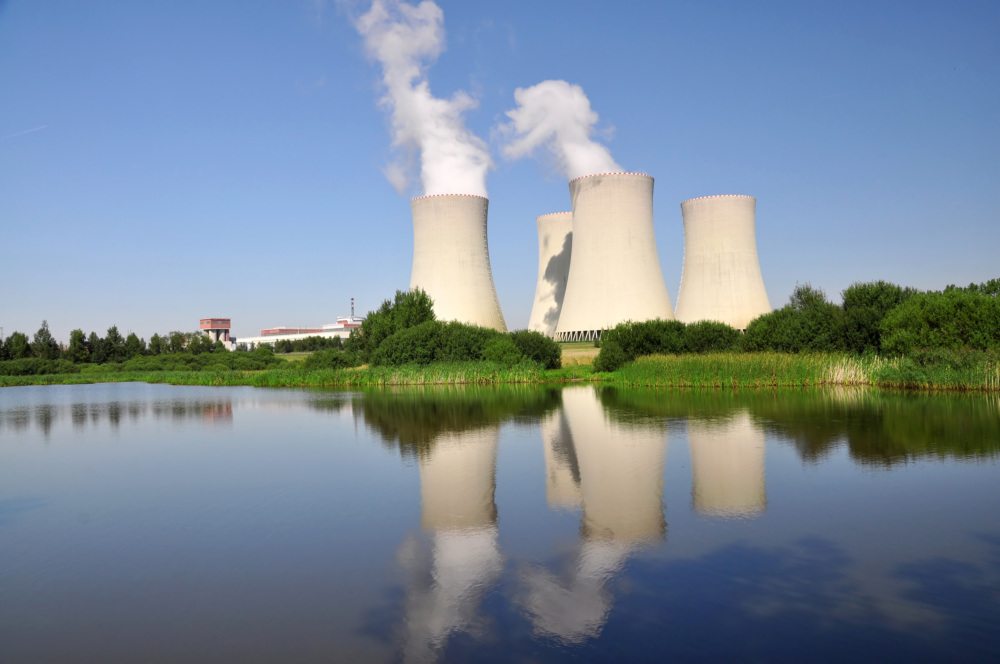
The CNS North Korea Missile Test Database
A collection of missile tests including the date, time, missile name, launch agency, facility name, and test outcome.
Forcibly incorporated into the Soviet Union in 1940, Latvia regained its independence in 1991 when the Soviet Union collapsed. Riga has since joined NATO and the European Union, and is a member of relevant nonproliferation organizations and regimes. Latvia does not possess or produce nuclear, chemical, or biological weapons.
Latvia is a member of the Nuclear Suppliers Group (NSG) and a party to both the Treaty on the Non-Proliferation of Nuclear Weapons (NPT) and the Comprehensive Nuclear Test Ban Treaty (CTBT). Riga also has an Additional Protocol in force with the International Atomic Energy Agency (IAEA).
One of the first research reactors in the USSR, the Salaspils 5MW research reactor was constructed in 1959 at the Latvian Institute of Nuclear Physics, 20 miles from Riga, and went critical in 1961. [1] It was permanently shut down in July 1998 due to a lack of government funding and safety concerns. [2] All fresh and spent fuel was removed from the reactor site. [3] The University of Latvia maintained the reactor site, but in February 2015 withdrew from the project due to financial constraints. [4] In August 2006, the Latvian government approved a decision to build a National Multipurpose Cyclotron Center on the Salaspils site to produce radioisotopes for applied medical science as well as research. [5] This decision was subsequently cancelled in August 2015. [6] In June 2016 the Center of Nuclear Medicine opened a separate cyclotron complex unrelated to the canceled Salaspils project. [7]
The United States and other members of the international community have long been involved in working to improve the security of materials stored at Salaspils. In the 1990s, the IAEA and a number of countries, including Finland, Sweden, and the United States, provided technical assistance and funding to Latvia to improve material control and accounting regulations and physical protection systems at Salaspils. [8] With the May 2005 transfer of 2.5kg of fresh highly enriched uranium (HEU) fuel and the 2008 transfer of 14.4kg of spent HEU fuel from Salaspils to Russia, all highly enriched uranium has been removed from Latvia. [9] Russia, the United States, and the IAEA assisted Latvia with the secure transfer of the HEU.
The National Nuclear Security Administration (NNSA) of the US Department of Energy (DOE) has also assisted Latvia in improving the state's export control system, including by organizing training courses for Latvian customs officials. [10] Latvia made significant improvements to its export control system in order to meet European Union (EU) standards before becoming a member in May 2004, introducing a catch-all clause to its list of dual-use technologies subject to controls, and creating a database that contains information on licenses, import certificates, end-use certificates, and companies involved in transfers of strategic goods. [11]
The utilities of Estonia, Latvia, and Lithuania released a joint feasibility study in October 2006 calling for the construction of at least one new nuclear reactor of between 800 and 1,600 MW in Lithuania to replace Ignalina-2, which closed in December 2009. [12] However, the project stalled due to concerns about costs and the level of participation by the various stakeholders, including the Latvian government, which stated that it will only participate if the plant is proven to be economically viable. [13] The project was cancelled in early 2017, when the Lithuanian Prime Minister stated in an interview that the Visaginas project "is no longer on our agenda." [14]
Latvia did not participated in the TPNW negotiations and has not adhered to the Treaty. [15]
Latvia acceded to the Biological and Toxin Weapons Convention (BTWC) in February 1997 and joined the Australia Group in June 2004. There is no evidence that Riga possesses or seeks to develop biological weapons.
There is no evidence to suggest that Riga possesses or seeks to develop chemical weapons. Latvia is a party to the Chemical Weapons Convention (CWC) and a member of the Australia Group. Latvia first developed an export control system in 1995, following the guidelines of the Australia Group with regard to CW-relevant technologies, and further revised these regulations upon accession to the CWC in 1997 and in subsequent years. [16]
Latvian facilities that once supplied the former Soviet Union with commodities controlled by the Missile Technology Control Regime (MTCR), such as thermal protection materials for space craft, electronics, radar, and sensors for missiles, no longer produce or export such items. [17] Latvia has a List of Dual-Use Goods and Technologies, and controls the export of other domestically-produced components that could be used to build aircraft or missiles. [18] Although not a member of the MTCR, Latvia abides by the guidelines of the regime. [19]
Sources:
[1] International Atomic Energy Agency, Nuclear Research Reactors in the World, December 1992, p. 43.
[2] Diena, March 10, 1994, p. 4, in "Future For Salaspils Nuclear Reactor Viewed," FBIS Document SOV-94-201; Radio Riga Network; in Latvian; "Government Shuts Down Nuclear Research Reactor," FBIS Document SOV-98-170, 19 June 1998.
[3] A. Abramenkovs, "The Role of Stakeholders in the Decommissioning of Salaspils Research Reactor — 9109," WM2009 Waste Management for the Nuclear Renaissance, 1-5 March 2009, Waste Management Symposia website, www.wmsym.org.
[4] “Саласпилсский реактор больше не находится в ведении ЛУ,” [Salispils reactor is no longer under the supervision of the University of Latvia] Public Broadcasting of Latvia, 3 February 2015, www.lsm.lv.
[5] "Latvia to Produce Radiopharmaceuticals," Emerging Markets Online, 11 August 2006, Date Accessed: 2013/02/15, www.lexisnexis.com.
[6] Nikolai Kabanov, “National Cyclotron Cancelled,” (in Russian) Vesti.lv, 31 August 2015, www.vesti.lv; “Oficiāli atsakās no ieceres Salaspils kodolreaktorā izveidot daudzfunkcionālu ciklotronu centru,” [Official renouncement of the concept of a multifunctional cyclotron center at Salispils research reactor] Laikraksts Dienas Bizness, 1 September 2015, www.db.lv.
[7] “Лечение и диагностика онкологических заболеваний в Латвии: что имеем?” [The treatment and diagnosis of Cancer in Latvia: the current state of affairs] PRESS.LV, 17 June 2016, www.press.lv; “Operational launch of cyclotron complex provides the Baltic region with new possibilities for oncological disease diagnostics, research and treatment,” RNMC: Nukleārās Medicīnas Centrs, 15 June 2016, www.rnmc.lv/en/.
[8] Sandia National Laboratories, "Protection and Surveillance of Nuclear Materials in the Former Soviet Union," Testimony before the Senate Governmental Affairs Committee Permanent Subcommittee on Investigations, 29 March 1996; Government Accountability Office, Nuclear Nonproliferation: Progress Made in Improving Security at Russian Nuclear Sites, but the Long-term Sustainability of U.S.-Funded Security Upgrades Is Uncertain, 28 February 2007.
[9] "Nuclear Weapons Grade Material Removed from Latvia," International Atomic Energy Agency, 26 May 2005, www.iaea.org; "All Highly Enriched Uranium Removed from Latvia," NNSA press release, 16 May 2008, www.energy.gov.
[10] "United States Organizes Training Courses in Latvia and Azerbaijan," NIS Export Control Observer, March 2005, CNS, www.nonproliferation.org.
[11] Victor Zaborsky, "The Baltic States Improve Their Export Control Systems to Join the EU," NIS Export Control Observer, October 2003, CNS, www.nonproliferation.org.
[12] "Baltic utilities say new nuclear is best new capacity choice," Nucleonics Week, 26 October 2006.
[13] "Estonia, Latvia will join Visaginas NPP project only if it will be economically viable – Lithuania's PM," LETA (Latvia National News Agency), 3 June 2013.
[14] Georgi Gotev, “Lithuanian PM: Belarus nuclear plant is a threat to our country,” Euractiv, 15 February 2017, www.euractiv.com.
[15] Latvia, Nuclear Weapons Ban Monitor, November 2020, www.banmonitor.org.
[16] Girts Krumins, "Latvia," Worldwide Guide to Export Controls, 1997/1998 ed., Update No.2 (London: Export Control Publications, February 1998), pp. 1-4.
[17] Victor Zaborsky, "The Baltic States Improve Their Export Control Systems to Join the EU," NIS Export Control Observer, October 2003, CNS, www.nonproliferation.org.
[18] "Export Control of Strategically Significant Goods," Ministry of Foreign Affairs of the Republic of Latvia, www.mfa.gov.lv/en.
[19] "Export Control of Strategically Significant Goods," Ministry of Foreign Affairs of the Republic of Latvia, www.mfa.gov.lv.
Sign up for our newsletter to get the latest on nuclear and biological threats.
A collection of missile tests including the date, time, missile name, launch agency, facility name, and test outcome.
At this critical juncture for action on climate change and energy security, 20 NGOs from around the globe jointly call for the efficient and responsible expansion of nuclear energy and advance six key principles for doing so.
Information and analysis of nuclear weapons disarmament proposals and progress in Belarus
